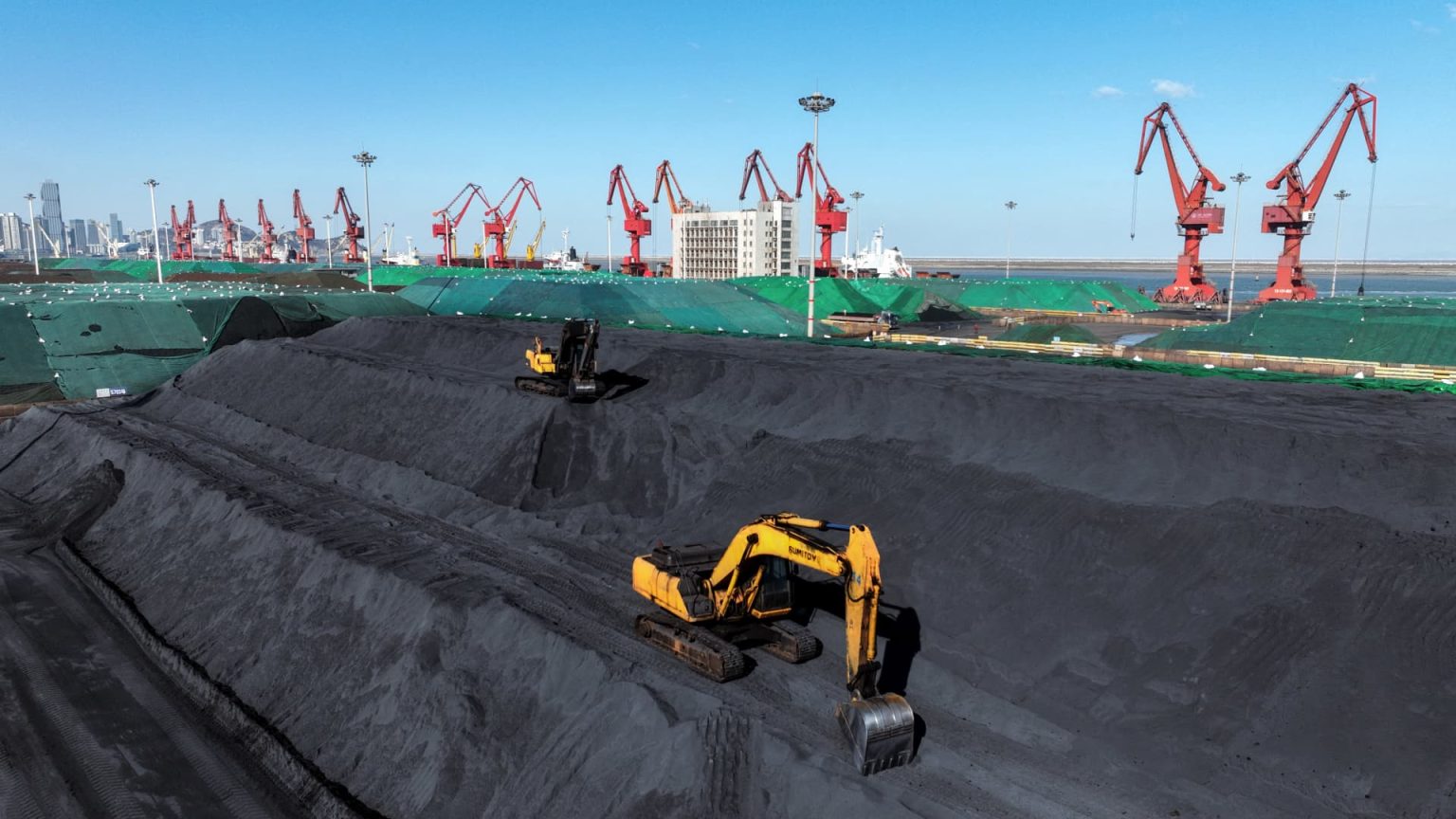China’s industrial profits fell by 17.8% in August compared to the previous year, a significant drop from the 4.1% increase seen in July. Industrial profits in China encompass factories, mines, and utilities. For the first eight months of the year, profits at large industrial firms grew by 0.5% to 4.65 trillion yuan, compared to 3.6% growth in the first seven months. This decline in industrial profits is a cause for concern as the Chinese government strives to support economic growth amidst worries that the country may not meet its full-year GDP target of around 5%. Factors such as weak domestic demand, a prolonged housing downturn, and rising unemployment have contributed to the challenges facing the world’s second largest economy.
In an effort to address these economic challenges, China’s top leaders have called for measures to halt the property slump and to enhance fiscal and monetary policy support. The People’s Bank of China recently reduced the reserve requirement ratio (RRR) by 50 basis points and lowered the 7-day reverse repurchase rate by 20 basis points to 1.5%. These rate cuts were announced by the central bank’s governor Pan Gongsheng during a press conference. It is hoped that these monetary policy adjustments will help stimulate economic activity and support the growth of key sectors.
The slowdown in China’s industrial activity, retail sales, and urban investment in August has underscored the need for intervention to boost economic growth. Retail sales only increased by slightly over 2% while industrial production grew by 4.5% year-on-year. Real estate investment fell by 10.2% for the year through August, mirroring the decline seen in July. Additionally, the urban unemployment rate rose to 5.3% in August, up from 5.2% in the previous month. These challenging economic indicators highlight the urgency for policy measures to stabilize the economy and support businesses and workers during this period of uncertainty.
The recent developments in China’s industrial profits and economic performance emphasize the importance of continued monitoring and proactive policy measures to address the challenges facing the country’s economy. With a focus on supporting growth, the government’s efforts to stimulate economic activity through measures such as rate cuts and enhanced fiscal support are crucial in mitigating the impact of sluggish domestic demand and a weakening property market. Going forward, close attention will be needed to assess the effectiveness of these policies and their impact on key economic indicators.
As the situation continues to evolve, ongoing updates and analysis will be essential to track developments in China’s industrial sector and broader economy. The combination of global economic trends, domestic challenges, and policy responses will all play a role in shaping the future trajectory of China’s economic growth. With uncertainties remaining, stakeholders will need to remain vigilant and adaptable in navigating the shifting landscape of China’s economic outlook. By staying informed and proactive in response to emerging trends, businesses, policymakers, and investors can better position themselves to navigate the complexities of the Chinese economy in the months ahead.


